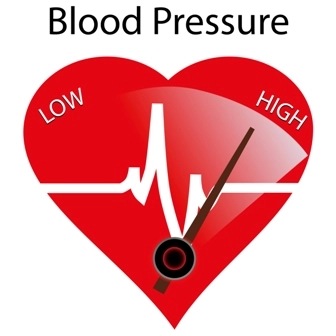EM Coding Alert
Brush Up On 92002 And 99204 Coding
Question: I work in an ophthalmologist’s office, and there is confusion about what codes we would report for an office visit. Can you ever bill 92002 and 99204 together? Virginia Subscriber Answer: No. You cannot bill these two codes together because they indicate the same type of service — a new patient visit. Ophthalmology is the only specialty that has its own options to report office encounters, and for each encounter, you must choose whether to opt for an evaluation and management (E/M) code or an eye code. From the E/M code range for new patient visits, you could choose 99204 (Office or other outpatient visit for the evaluation and management of a new patient, which requires these 3 key components: a comprehensive history; a comprehensive examination; and medical decision-making of moderate complexity…) from the 99201-99205 code range if the documentation supports the full service. On the other hand, your ophthalmology options are: 92002 (Ophthalmological services: medical examination and evaluation with initiation of diagnostic and treatment program; intermediate, new patient) and 92004 (Ophthalmological services: medical examination and evaluation with initiation of diagnostic and treatment program; comprehensive, new patient, 1 or more visits). Choosing between the E/M and eye examination codes can be a little more challenging to pinpoint, but generally if your ophthalmologist just evaluates the eyes’ function or performs a routine exam, you would choose an ophthalmological code: 92002 or 92004. For more complicated cases, like with patients who present with chronic conditions, new problems, and injuries, you can look to an E/M code. Remember, if you do choose an E/M code over an ophthalmology code, the encounter must meet the more-detailed documentation standard of E/M codes. For example, the documentation should support details around the current condition such as; when the symptoms started, level of discomfort, frequency and duration of symptoms, and whether the condition is improving. Then based on either the 1995 or the 1997 documentation guidelines, you would select the appropriate level of service. Note: Different payers may have different rules about policies for using E/M codes versus eye codes, so you can check with your payer if you are unsure.
Related Articles
EM Coding Alert
- ED Coding:
Master Do's and Don'ts of ED Coding
Don't assume only ED physicians can use 99281-99285. If you've ever wanted to learn what [...] - Add-On Codes:
Jumpstart Your Prolonged Services Coding Skills
Make sure your prolonged services pass the half-hour mark. Have you ever wondered about your [...] - Inside the E/M Code:
Tackle MDM & Medical Necessity With This Tutorial
Medical necessity is the over-reaching criteria for all services. Does trying to grasp the differences [...] - You Be the Coder:
Coding for the First Hour of Critical Care
Question: If the doctor meets the requirements for critical care billing and has spent one full [...] - Reader Question:
Determine Correct Choice for Death Pronouncement
Question: We had a trauma patient come to our hospital. One of our providers saw the [...] - Reader Question:
Brush Up On 92002 And 99204 Coding
Question: I work in an ophthalmologist’s office, and there is confusion about what codes we would [...]




